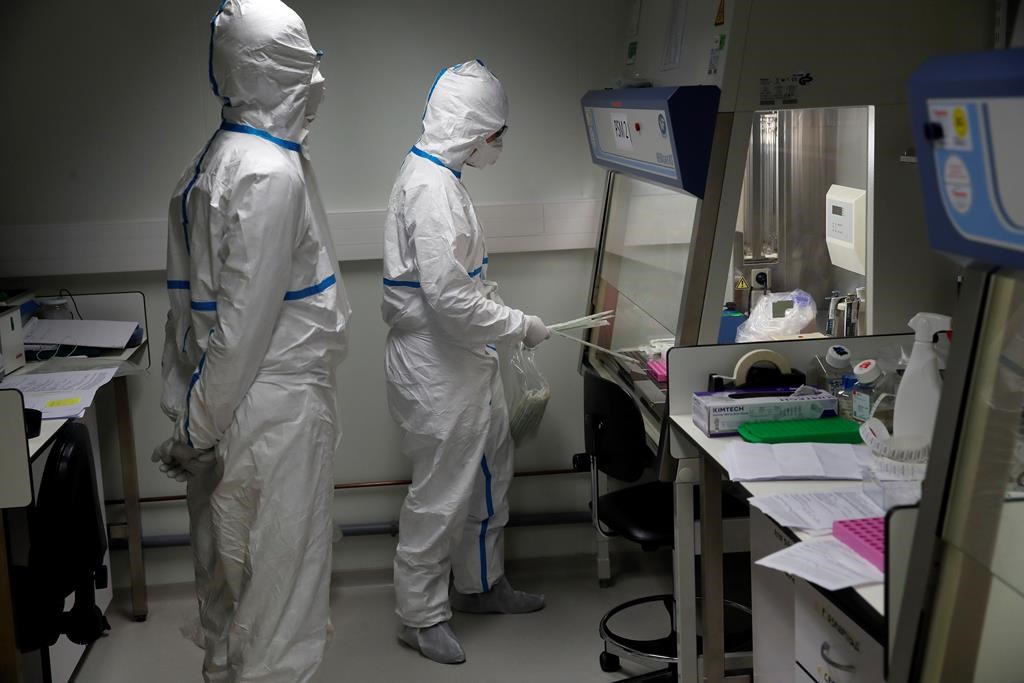With cases of COVID-19 appearing in an ever-growing list of countries, health officials are considering stepping up Canada’s surveillance of the novel coronavirus disease.

“We’re talking with experts on how we might expand our surveillance, how we might expand our testing. We’re doing that right now,” said Dr. David Williams, Ontario’s chief medical officer of health at a press conference Thursday.
Right now, he said, doctors generally decide whether to get a patient tested on the basis of their symptoms, as well as their travel history.
However, if they believe it’s warranted, Ontario doctors have the discretion to get a test even if someone hasn’t visited an affected country.
But with nearly 60 countries reporting cases, and outbreaks in Iran, South Korea, Italy and China, the methods might change, he said.
“The fact is that we are identifying more and more travel, more and more issues.”
“So that’s our concern: are we moving into a new phase? Do we have to be attentive? Can we do a wider surveillance to say, maybe there are some out there, how are we going to know that?” Williams said.
“Let’s do a wider check and see.”

The federal government is looking into this, too.
“We are actively having conversations right now with provinces and territories on some of the next steps,” said Canada’s chief public health officer, Dr. Theresa Tam, on Thursday.
Plans haven’t been finalized yet, Williams said, but Ontario is consulting with experts. Currently, the provincial lab can handle about 1,000 tests per day, but they’re looking at increasing that number.
So far, about 700 tests have been performed, he said.
Having more active surveillance might be a good idea, according to Amy Greer, an infectious disease epidemiologist at the University of Guelph. Partly, it’s about data collection.
“The goal is to identify people who have those symptoms, who do not seek medical attention for various reasons,” she said. “If we were to start to have community transmission, you’re going to have people who have more mild illness who are not going to get captured in the health care system.”
Canada already has a national surveillance system for flu, which uses reports from “sentinel” doctors and patients to estimate the prevalence of flu in Canada and spot outbreaks in different populations and locations. Something similar could be used for COVID-19, Greer said.
“The key reasons for doing these sorts of studies, it’s really to determine to get a better sense of the true population at risk.”
That information can then be used to guide decisions, she said — like, for example, whether schools should be closed if the data shows that kids seem to transmit the virus fairly easily.
Williams said that while the province is ramping up testing and surveillance programs, he doesn’t think that everyone with flu-like symptoms should be tested, as there are many different illnesses that could be the cause.
And while he said health authorities remain vigilant, there is no cause for fear in the general public.
The data from China shows that most of the spread has been to close contacts, most infected people have fairly mild and short-lived symptoms — particularly younger people — and the deaths have been in older people with underlying health conditions, he said.
“Before there’s widespread panic and that kind of stuff, look at the evidence,” Williams said, noting the mortality rate is less than that of the flu.
“But does that mean we’re going to sit back and not do more surveillance? We’re going to do more surveillance.”
— with files from the Canadian Press




Comments